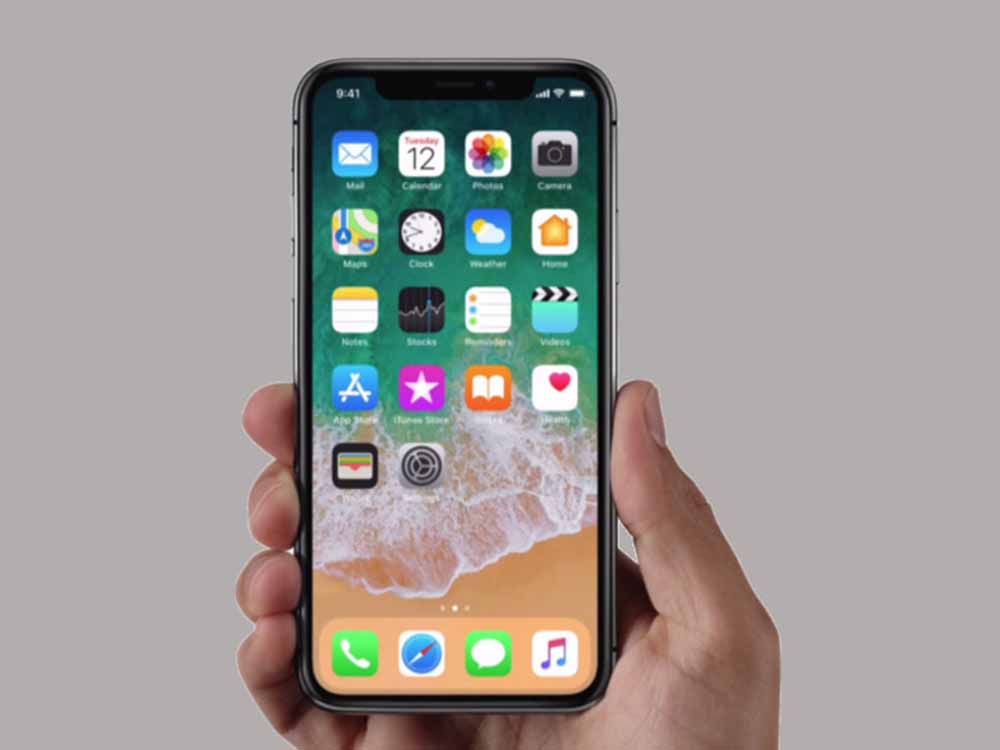iPhone X (2017): The Revolution in Smartphone Innovation
The iPhone X, released in 2017, marked a paradigm shift in Apple’s approach to smartphone technology and design. This groundbreaking device introduced a host of revolutionary features, from a borderless OLED display to facial recognition technology, fundamentally altering the way users interacted with their devices and setting the stage for future smartphone advancements.
The All-Screen Display and Face ID
At the heart of the iPhone X’s transformation was its stunning all-screen Super Retina OLED display. By eliminating the traditional home button and bezels, Apple achieved a nearly edge-to-edge immersive visual experience. The device’s Face ID technology, powered by the TrueDepth camera system, introduced a new era of biometric authentication. This secure and intuitive feature allowed users to unlock their phones and authenticate transactions with a simple glance, replacing the need for fingerprint recognition.
A11 Bionic Chip and Neural Engine
The iPhone X featured the A11 Bionic chip, a powerhouse of performance and efficiency. This chip’s six-core CPU and three-core GPU provided impressive computing power, making tasks like multitasking and resource-intensive applications smoother and faster. The neural engine within the A11 Bionic chip enabled machine learning capabilities, enhancing the device’s ability to recognize patterns, adapt to user behaviors, and power AI-driven features.
Dual Rear Cameras and Portrait Mode
The iPhone X’s dual rear camera system featured 12-megapixel wide and telephoto lenses, each with optical image stabilization. This configuration enhanced low-light performance and facilitated the highly acclaimed Portrait Mode. This mode used depth-sensing technology to create professional-quality depth-of-field effects, blurring the background and highlighting the subject, further elevating smartphone photography.
iOS 11 and Gesture-Based Navigation
Running on iOS 11, the iPhone X introduced a new approach to navigation. With the removal of the home button, users interacted with the device through intuitive gestures. Swiping up from the bottom of the screen replaced the home button’s functionality, making it easier to navigate between apps, multitask, and access various features.











